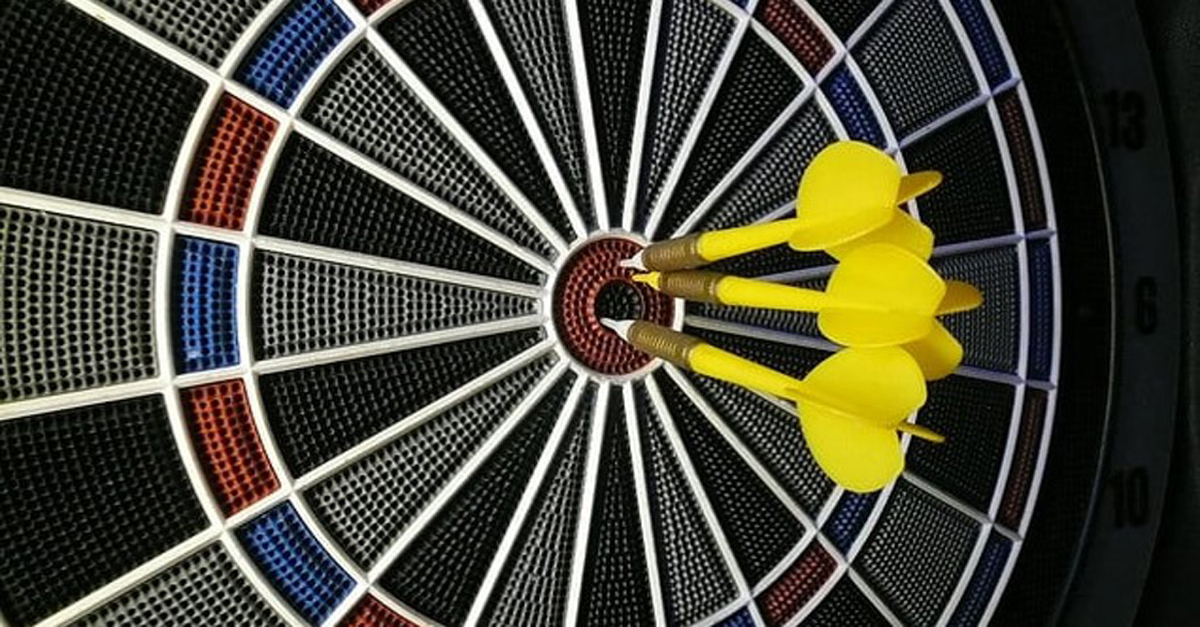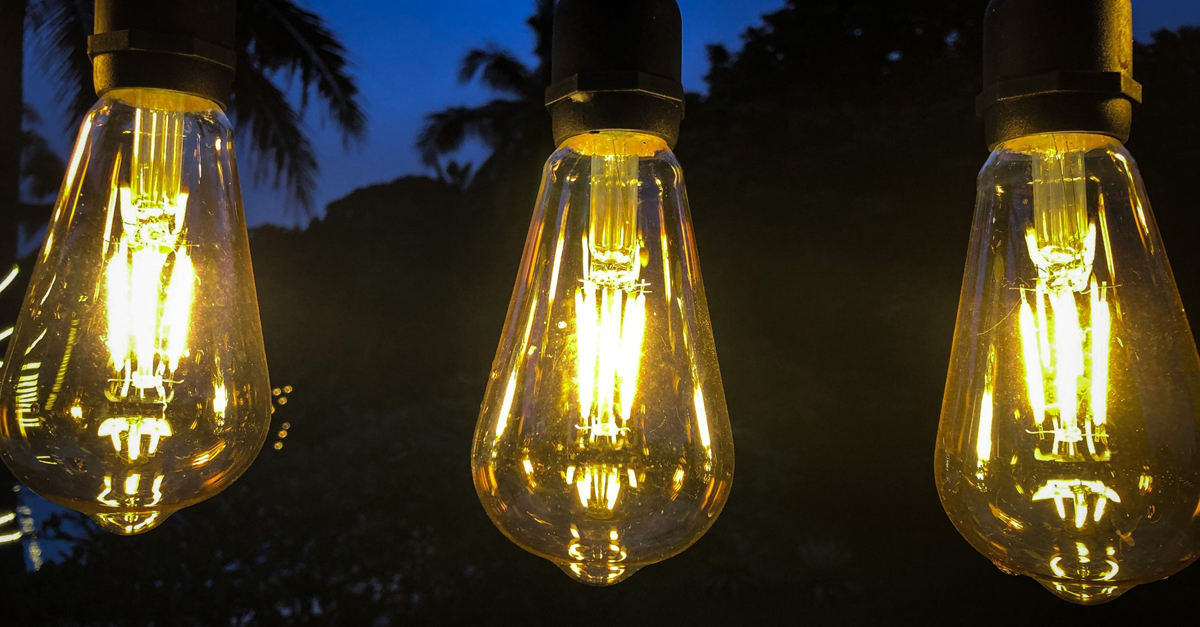“Begin with the end in mind.” This insight from Stephen Covey describes the importance of setting trade show goals before the event to ensure successful outcomes. Who are your targets? How many meetings do you want to schedule? How much revenue do you need to generate to justify the investment?
Without advance planning or outreach, you will simply collect lots of names at the show and generate soft leads to be qualified later. Or you could improve results by:
- Engaging with potential customers before the show via email or phone
- Scheduling on-site appointments with qualified prospects
- Providing targeted information that prospects will find valuable
In short, generating booth activity with more qualified prospects will result in a more productive event.
1. Differentiate Yourself
Most companies, if they seek on-site meetings at all, do so with a general email that includes their booth location and a generic marketing message. They also entice visitors with the chance to win whatever creative thing their marketing department could come up with and branded swag to stuff into an already over-packed suitcase.
Make sure you send value-based communications that stimulate legitimate interest in your offering and position your exhibit as a must-visit destination. Invite prospects to speak with experts who can discuss and demonstrate how your solution solves their business challenges. Send them home with worthwhile information they can share with colleagues to promote the value of your offering.
2. Gather Prospect Data
Including an assessment tool or value calculator in your ore-show emails increases the likelihood of scheduling an on-site appointment. It’s also an easy way to gather information you can use as the foundation for a more personalized conversation.
In exchange for this data, explain that you will share the initial results at your booth and provide updated, more detailed output via email immediately after your consultation. Prospects will have the opportunity to review it later that day and share it with other stakeholders quickly and easily.
We also recommend promoting your value selling tools everywhere you talk about your upcoming trade show participation, including your website and social media pages.
3. Talk the Right Talk
The most important takeaway for potential buyers is understanding how your solution delivers value and ROI. Instead of reciting a litany of product features and functions, have a meaningful conversation that identifies and clarifies the prospect’s needs and emphasizes how your solution can positively impact their business.
If prospects have already used your value selling tools, your sales team possesses key information for building a business case right on the spot. This can build confidence in both prospects and your sales team, positioning your company as a trusted advisor in a sea of exhibitors.
4. Reduce the Time to Close
Reaching out to prospects before the show results in qualified appointments that will move through the sales process more quickly. Instead of beginning the buyer’s journey at the show, you’ll be a step or two ahead. Sales representatives at other booths will still be struggling for a hook while you’re already starting to reel in the line.
Conclusion
Trade shows are costly ventures… from booth space and sponsorship packages to shipping, travel, and lodging costs. When all is said and done, you need measurable results that justify the expense.
If you lay the proper groundwork in the weeks beforehand, you can ensure a steady stream of qualified traffic at your booth. Buyers will come away with something of much greater value than a branded trinket, and so will your sales team.
This post was updated on January 16, 2025 to reflect the latest industry trends.

Resources
Connect with Darrin Fleming on LinkedIn.
Join the Value Selling for B2B Marketing and Sales Leaders LinkedIn Group.
Visit the ROI Selling Resource Center.














